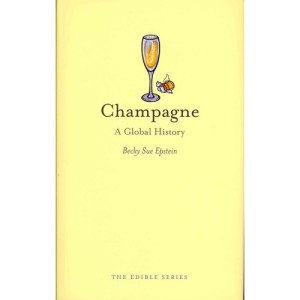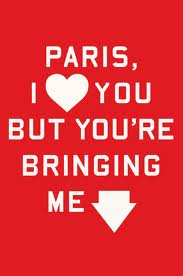Champagne: A Global History
Written by Ashley Kelmore, Posted in Reviews
If a wine menu has a glass of sparkling anything on it, that’s probably what I will order. It doesn’t matter to me if it’s dinner in a nice restaurant or brunch at a diner showing the Seahawks’ game. I like sparkly wine to the exclusion of nearly all still varieties.
I’m sure that’s what my sister had in mind when my birthday rolled around this year, as she gifted me this cute book on the history of Champagne, part of the Edible Series of books. Written in a very straightforward manner, it traces the history of the fizzy delight from its origins in the region of France that gives it its name through some of the more familiar stories (Dom Perignon was a real guy!), following it during the ups and downs of popularity and availability.
Champagne has a pretty interesting history – traceable, like many other libations, to monks with access to crops and the desire to turn them into something interesting. You may be familiar with some of the stories that dot its past, like the traditional cup or ‘coupe’ based on the shape of French noblewoman’s breast, but I’m willing to bet that some of it will be new to you.
And it isn’t just the inclusion of this trivia that make this a cute, quick read and something I’d recommend as a gift. The history seems very well-researched, and the discussion of the political implications of the trade, while not deep or groundbreaking, does remind the reader that labor issues and the creation of limited supply has a broader impact than just which bottle to choose on New Year’s Eve. The grape growers are often not the champagne houses, and the power lies with the big names, not the French farmer. I’m sure there are more in-depth books on Champagne and its association with extravagance and luxury, but this is a good start.
As a bonus, the book doesn’t just focus on Champagne – it spends time on other sparkling wines that are produced around the world, and the tension between the French beverage and the other sparkling choices is a bit fascinating.
This book is a quick read and fun break from some of the more intense non-fiction and literature out there. Bottom line: if you have someone in your life who enjoys bubbly, trivia, and would enjoy learning more about Champagne than a simple Wikipedia article has to offer, check it out.



